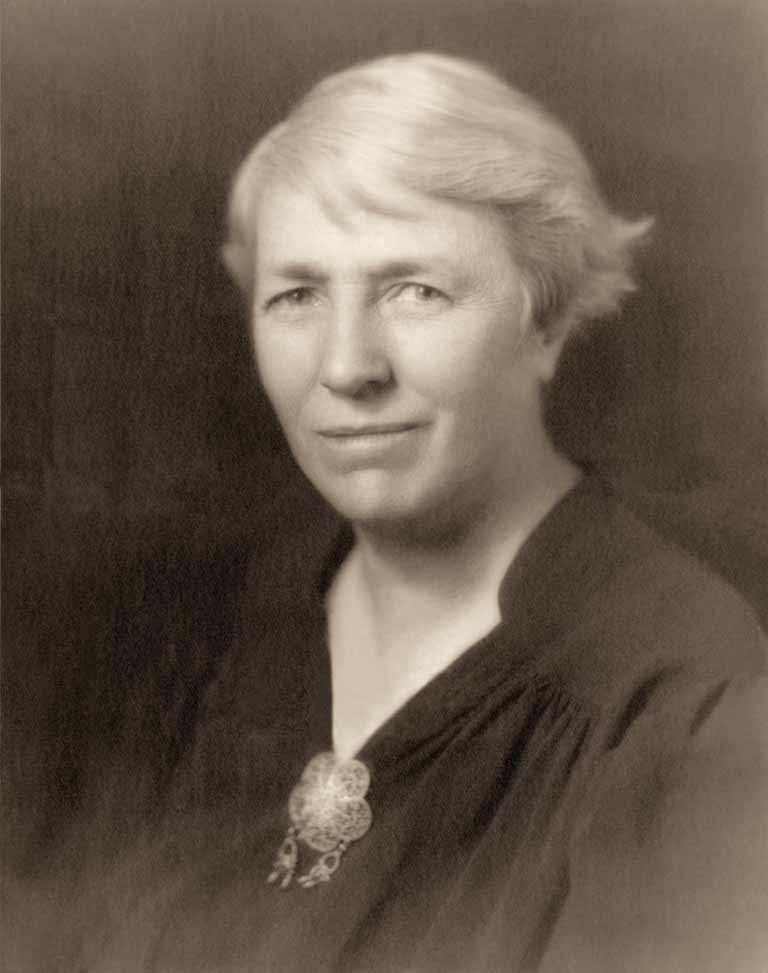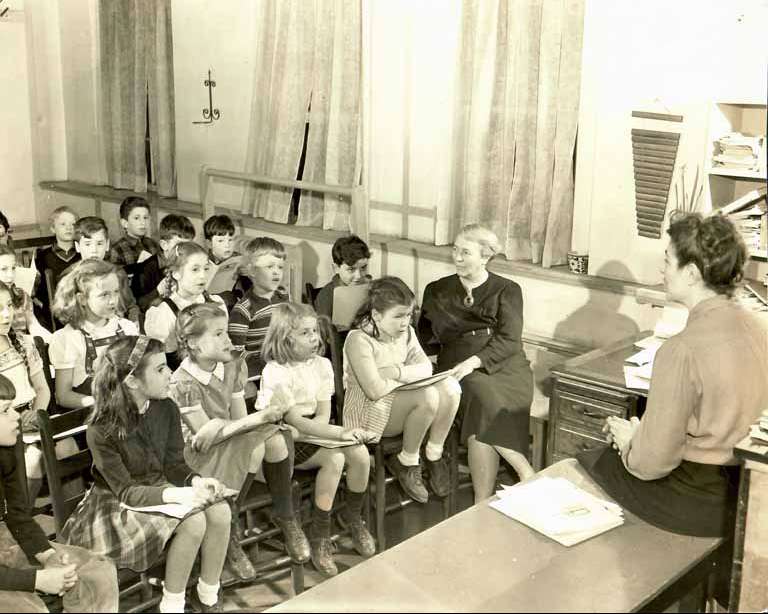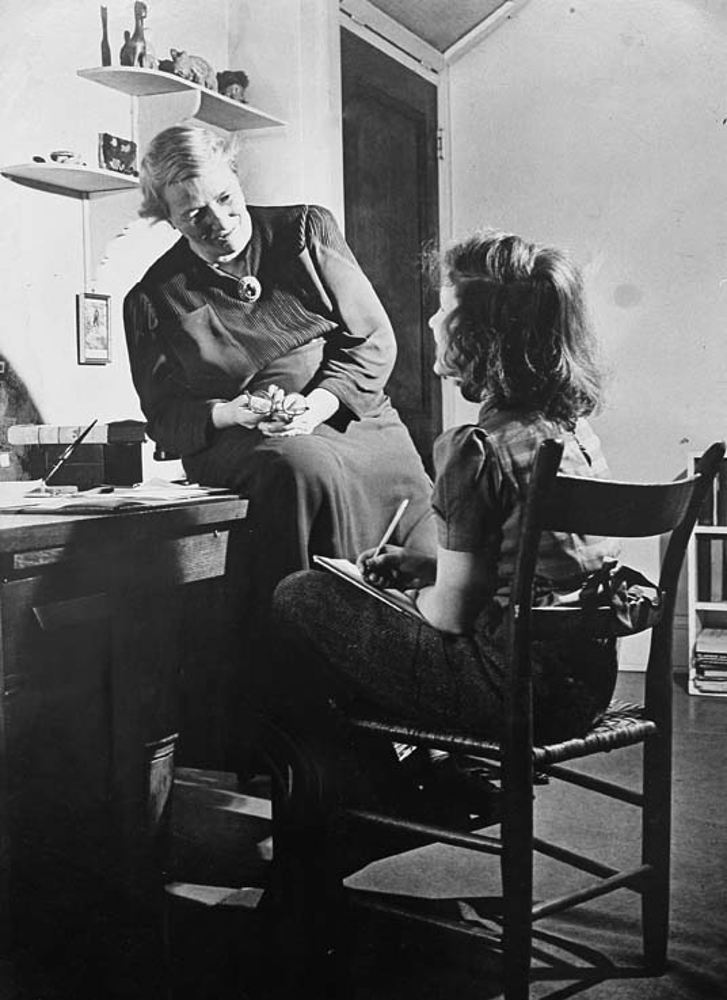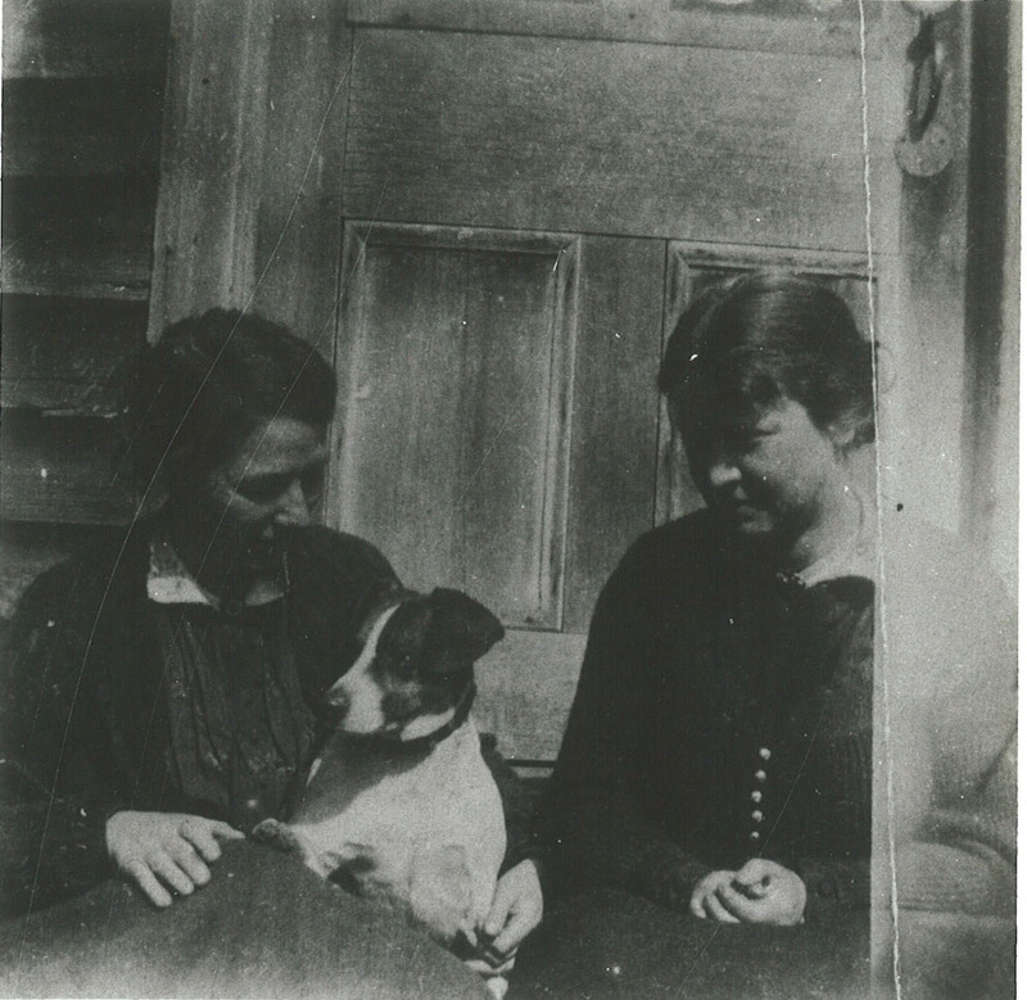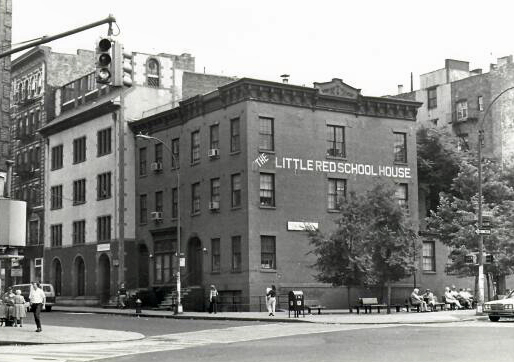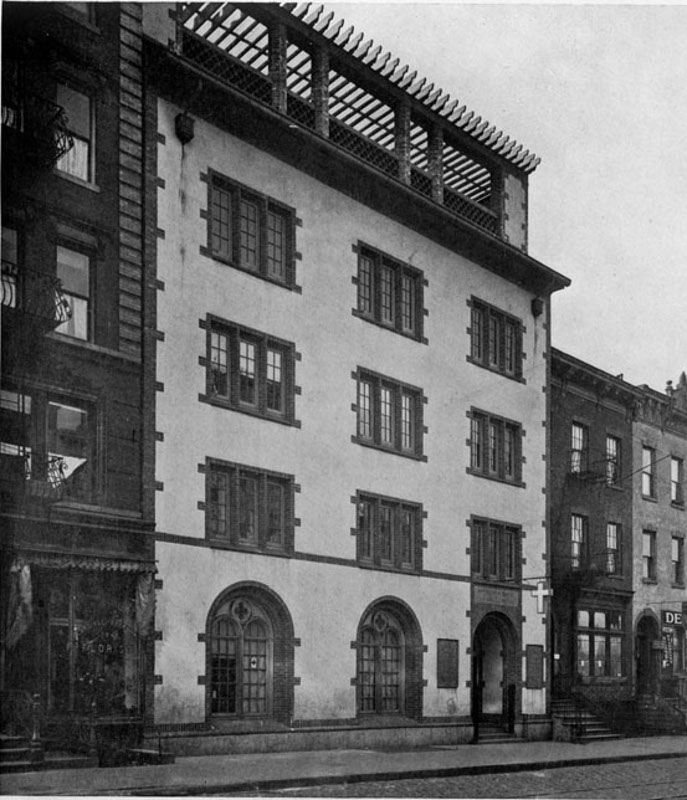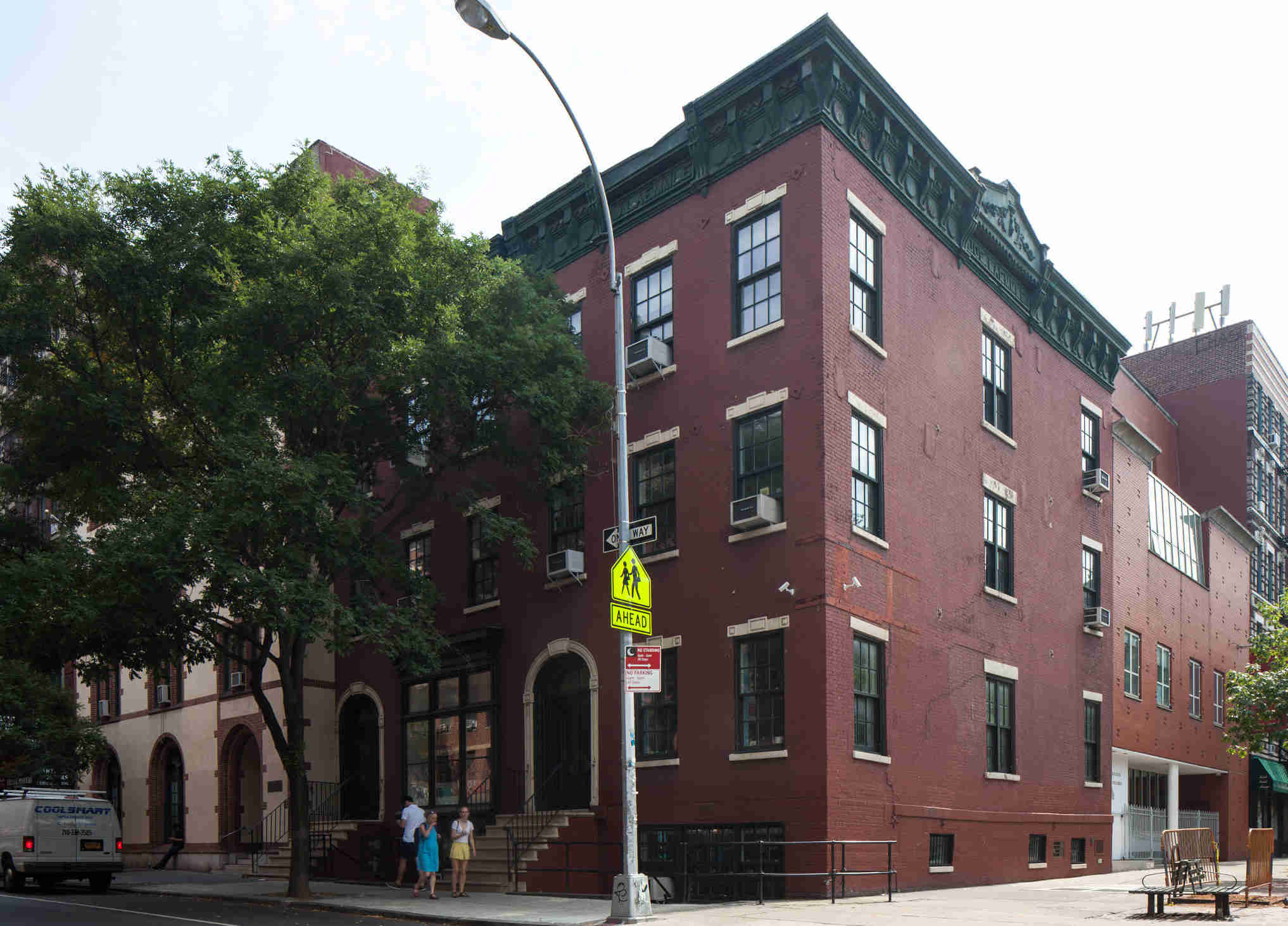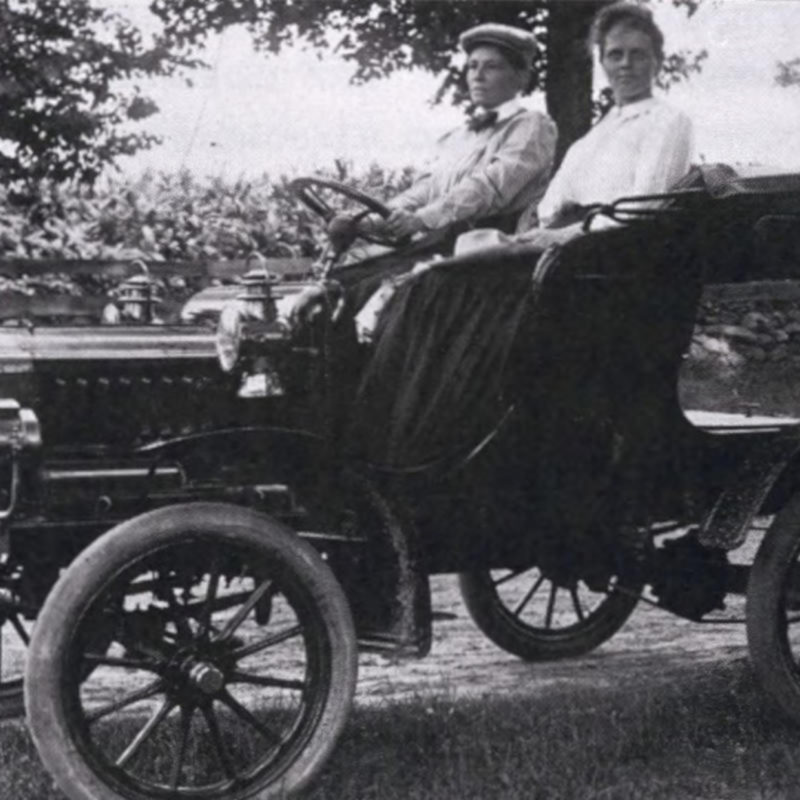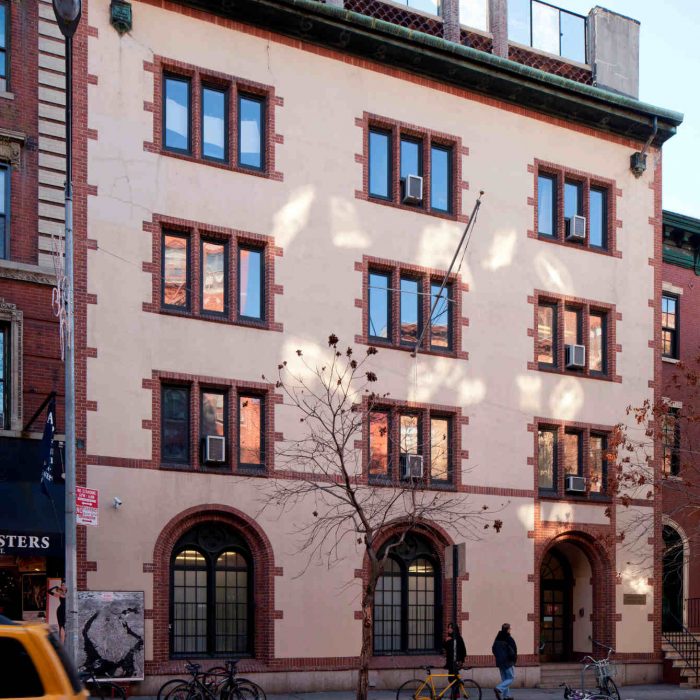
Little Red School House
overview
Often considered the city’s first progressive school, the Little Red School House in Greenwich Village was founded by lesbian reform educator Elisabeth Irwin.
She lived nearby at 23 Bank Street with social researcher and feminist biographer Katharine Anthony, her partner of 30 years.
History
In the early 20th century, Greenwich Village attracted a large number of artistic and socially progressive residents, among them many like-minded gay men and lesbians. One of the most notable and enduring Village cultural institutions is the Little Red School House, often considered the city’s first progressive school, founded by reform educator Elisabeth Irwin (1880-1942).
As early as 1912, Irwin worked at revising New York public school curricula, and started her progressive “Little Red School House” active learning curriculum in 1921 at the P.S. 61 Annex at 535 East 16th Street (demolished). The school was forced to move locations, first to P.S. 61, 612 East 12th Street (1924-28), and then to P.S. 41, 116 West 11th Street (demolished). The Board of Education announced in 1932 that due to the Depression and scarce resources, funding for the school would be eliminated. Eleanor Roosevelt, First Lady of New York State, attempted to intercede (she would serve on the school’s board of advisors for decades). A fundraising campaign by parents succeeded in allowing the school to continue. In the fall of 1932, the school moved into a former Presbyterian chapel building on Bleecker Street, which the church allowed them to use for free. The school purchased the building in 1937. A high school (now Elisabeth Irwin High School) was added in 1941, when a former Episcopal church and settlement house building at 40 Charlton Street was purchased. Irwin continued to direct the school until her death. The school expanded in 1962 with the acquisition of the Federal style houses at 200-202 Bleecker Street
Irwin’s partner of 30 years was Katharine Anthony (1877-1965), a social researcher and feminist biographer. They lived nearby at 23 Bank Street and were members of the feminist Heterodoxy Club.
Entry by Jay Shockley, project director (March 2017; last revised January 2022).
NOTE: Names above in bold indicate LGBT people.
Building Information
- Architect or Builder: George B. Post & Sons
- Year Built: 1918
Sources
“LREI Centennial Highlights,” Little Red School House/ Elisabeth Irwin High School, bit.ly/3Ivf1DC.
Paula Martinac, The Queerest Places: A Guide to Gay and Lesbian Historic Sites (New York: Henry Holt & Co., 1997).
South Village Historic District Designation Report (New York: Landmarks Preservation Commission, 2013).
Do you have more information about this site?
This project is enriched by your participation! Do you have your own images of this site? Or a story to share? Would you like to suggest a different historic site?
